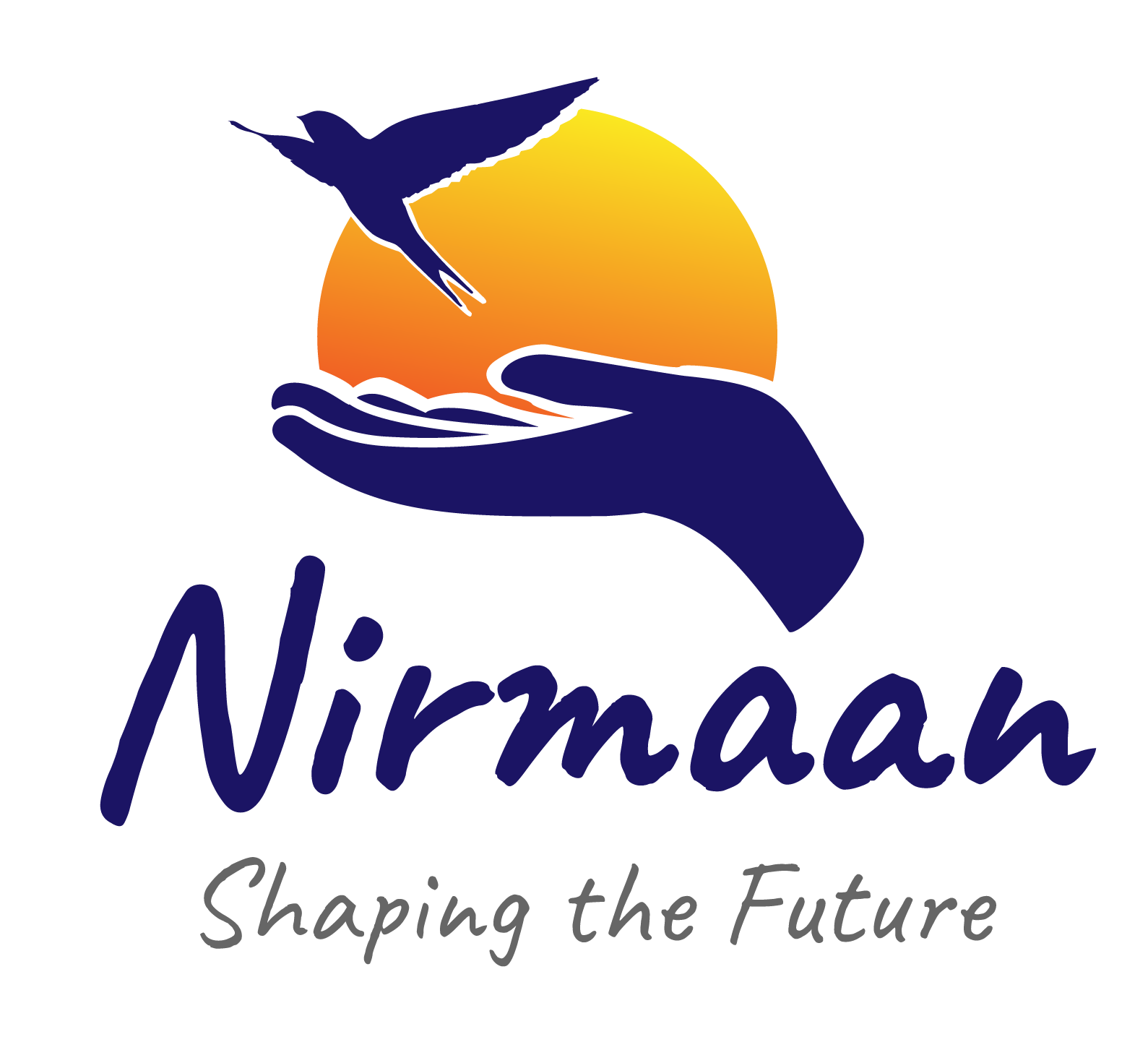The Intersection of Learning Styles and Career Success
In today’s dynamic professional landscape, the intersection of learning styles and career success has become increasingly significant. Understanding how individuals learn can dramatically influence their educational experiences, career development, and job readiness. This blog explores how tailoring educational approaches to different learning styles can enhance professional growth and success.
Understanding Learning Styles
Learning styles refer to the preferred ways in which individuals absorb, process, and retain information. While many theories exist, the most recognized models include:
- Visual Learners: Prefer using images, diagrams, and charts to understand concepts.
- Auditory Learners: Benefit from listening and often excel in discussions, lectures, and podcasts.
- Kinesthetic Learners: Learn best through hands-on experiences and physical activities.
- Read/Write Learners: Favor reading and writing as their primary modes of learning.
The Link Between Learning Styles and Career Success
Understanding and leveraging individual learning styles can lead to more effective educational experiences, which in turn can enhance career success. Here are a few ways this connection manifests:
- Engagement: Tailored educational approaches increase student engagement, making them more likely to invest time and effort into their learning.
- Retention: When the teaching method aligns with a student’s preferred learning style, information retention improves, leading to better performance in assessments and real-world applications.
- Adaptability: Students who are aware of their learning styles often develop strategies that enhance their adaptability in diverse workplace environments.
Tailoring Educational Approaches
To harness the benefits of learning styles in education and career development, institutions and educators can implement several strategies:
- Diverse Instructional Methods: Incorporating a mix of teaching techniques—lectures, interactive activities, and visual aids—can cater to various learning preferences.
- Personalized Learning Plans: Developing individualized learning plans that consider a student’s learning style can help maximize their potential.
- Feedback Mechanisms: Regular feedback from students regarding their learning experiences allows for real-time adjustments to teaching methods.
- Workshops and Training: Offering workshops that focus on understanding and utilizing learning styles can empower students to take control of their educational journeys.
Preparing for the Workforce
As students prepare to enter the workforce, incorporating learning styles into their education can significantly enhance job readiness. Employers often seek candidates who not only possess knowledge but can also adapt to various work environments and communicate effectively. Here’s how tailored educational approaches can prepare students for success:
- Critical Thinking: Engaging students through different learning styles fosters critical thinking and problem-solving skills that are essential in any career.
- Collaborative Skills: Understanding diverse learning styles promotes teamwork and collaboration, as students learn to appreciate different perspectives and approaches.
- Continuous Learning: Students equipped with knowledge about their learning styles are more likely to pursue lifelong learning opportunities, keeping their skills relevant.
Conclusion
The intersection of learning styles and career success emphasizes the importance of tailoring educational approaches to meet individual needs. By recognizing and addressing diverse learning preferences, educators can enhance professional development and job readiness, ultimately paving the way for a successful career. As we move forward, embracing this intersection will be crucial for both educational institutions and the workforce.




Leave a Comment
To post comment, please